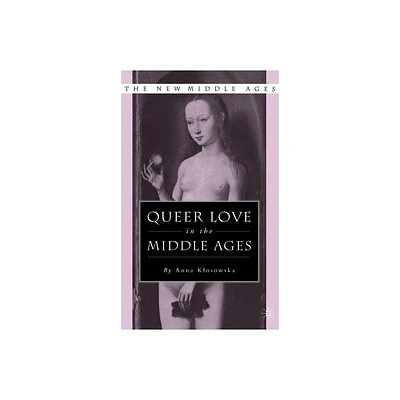Home
The Middle Ages: Facts and Fictions
Loading Inventory...
Barnes and Noble
The Middle Ages: Facts and Fictions
Current price: $65.00


Barnes and Noble
The Middle Ages: Facts and Fictions
Current price: $65.00
Loading Inventory...
Size: Hardcover
*Product Information may vary - to confirm product availability, pricing, and additional information please contact Barnes and Noble
This book guides readers through 10 pervasive fictions about medieval history, provides them with the sources and analytical tools to critique those fictions, and identifies what really happened in the Middle Ages.
This book is the first to present fictions about the medieval world to serious students of history. Instead of merely listing myths and stating they are wrong, this volume promotes critical historical analysis of those myths and how they came to be. Each of the ten chapters outlines a pervasive modern myth about medieval European history, describing "What People Think Happened" and "What Really Happened," and illustrating both trends with primary source documents.
The book demonstrates that historical fictions also have a history, and that while we need to replace those fictions with facts about the medieval past, we can also benefit from understanding how a fiction about the Middle Ages developed and what that says about our modern perspectives on the past. Through this innovative presentation, readers are introduced to a wide range of sources, from Roman imperial perspectives on the "Fall of Rome" to songs of chivalry and chronicles of the Crusades, scientific treatises on the shape of the Earth and the creation of the universe and early modern stories and textbooks that developed or perpetuated historical myths.
This book is the first to present fictions about the medieval world to serious students of history. Instead of merely listing myths and stating they are wrong, this volume promotes critical historical analysis of those myths and how they came to be. Each of the ten chapters outlines a pervasive modern myth about medieval European history, describing "What People Think Happened" and "What Really Happened," and illustrating both trends with primary source documents.
The book demonstrates that historical fictions also have a history, and that while we need to replace those fictions with facts about the medieval past, we can also benefit from understanding how a fiction about the Middle Ages developed and what that says about our modern perspectives on the past. Through this innovative presentation, readers are introduced to a wide range of sources, from Roman imperial perspectives on the "Fall of Rome" to songs of chivalry and chronicles of the Crusades, scientific treatises on the shape of the Earth and the creation of the universe and early modern stories and textbooks that developed or perpetuated historical myths.


















